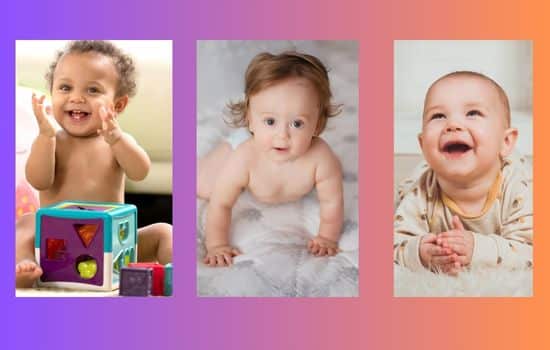Advertisements
The arrival of a baby into the home brings a mix of emotions and challenges, especially for first-time parents.
The task of interpreting the different types of baby cries can be a challenging enigma, but artificial intelligence has arrived to make this task easier.
Advertisements
Among the leading applications in this revolution are Capella and Cry Analyzer, two innovative tools that use advanced algorithms to read behavioral patterns and decipher the baby's basic needs.
Capella: Understanding Baby Language Intuitively
Capella has gained recognition for her intuitive approach and her ability to understand the nuances of a baby's cry.
Advertisements
Using deep learning algorithms, this app goes beyond simple pattern classification and strives to understand the specific needs of the baby at that moment.
See also:
- Watch TV online
- Astro love calculator
- Effective and assertive weather forecast
- Check out what the tarot predicts for the signs in 2024
- Fool your friends by changing your voice
The Capella app works by recording the baby's cries and analyzing different variables, such as the frequency, duration and intensity of the crying.
In addition, it incorporates the ability to identify other non-verbal signs, such as body movements and facial expressions.
As parents use the app, Capella learns from the responses and adapts to each baby's individual quirks, improving its accuracy over time.
A distinctive feature of Capella is its ability to provide personalized suggestions based on identified needs.
For example, if the app detects signs of hunger, it could offer recipes or reminders about the time since the last feeding.
Cry Analyzer: Analyzing Crying with Scientific Rigor
Cry Analyzer stands out for its science-based approach to interpreting babies' cries.
Developed in collaboration with experts in pediatrics and child psychology, the app uses algorithms backed by scientific research to translate crying into specific needs.
The Cry Analyzer app is based on an extensive database covering thousands of recordings of babies crying in different situations.
This allows for greater precision in identifying patterns and interpreting the baby's signals.
The app not only focuses on immediate needs, such as hunger or sleep, but can also detect signs of discomfort or potential health problems, giving parents valuable information for healthcare.
Comparison between Capella and Cry Analyzer
Both applications share the common goal of translating babies' cries using artificial intelligence, but they differ in their specific approaches and features.
Capella stands out for its intuitive approach and personalization, while Cry Analyzer stands out for its rigorous scientific backing and its ability to address a variety of needs, including health aspects.
The Future of Childhood Cry Translation with AI
With the growing demand and acceptance of applications like Capella and Cry Analyzer, the future of translating children's cries with artificial intelligence looks promising.
These apps are expected to continually evolve, improving their accuracy and expanding their ability to interpret the subtleties of babies' non-verbal language.

Conclusion
In summary, Capella and Cry Analyzer are pioneers in the use of artificial intelligence to translate babies' cries.
Offering parents a valuable tool to understand and address their children's needs more effectively.
With the continued advancement of technology, these apps are paving the way for more informed and connected parenting.
Cryanalyzer





